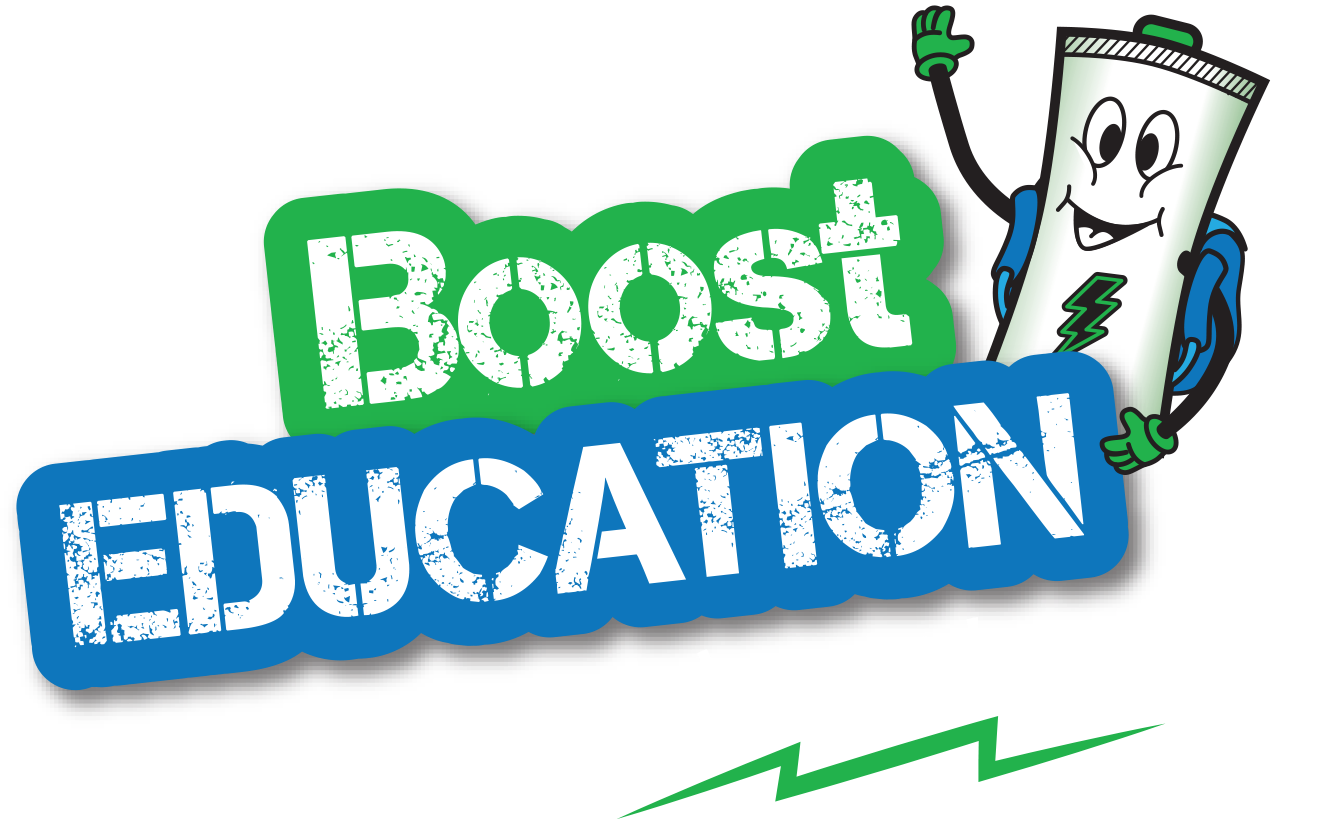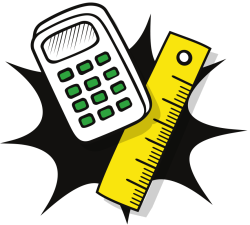Mathematics is arguably the most important subject students should master at an early age. The reason for this is its pervading nature as elements of the discipline can be found in our everyday lives. From accountants, to masons, to computer programmers, architects and even agricultural workers, we all rely on some form of mathematical literacy to do our jobs or get through our daily doings.
Arithmetic Maths specifically focuses on the study of numbers and calculations performed using them, i.e. addition, subtraction, division and multiplication. While an elementary part of the wider subject, Arithmetic provides the foundations upon which learners build their command of more complex Mathematical disciplines such as Algebra, Geometry, Calculus, etc.
The Importance of Instilling a Love for Arithmetic in Your Children
Love it or loathe it, problem-solving is an integral part of life. In fact, learning to solve problems is a core part of developing the skills we need in both our personal, social and professional lives. For young learners, Arithmetic presents an avenue into the world of problem-solving and reasoning and equips them for more complex problems they’ll come across as they progress through their educational years.
This makes it important to appreciate problem-solving as an opportunity to grow and develop one’s cognitive abilities and be prepared to tackle the broader subject of Mathematics. While this may sound like a tough sales pitch to your Key Stage 2 (KS2) child, there are many ways parents can nurture a love for Arithmetic in their children.
Here are a few suggestions you can use to teach your child to love Arithmetic:
- Make it relatable: As a foreign concept to a young mind, Arithmetic can seem rather puzzling and complex to master. Yet, when reduced to familiar, everyday events, occurrences and objects, the act of adding or subtracting can actually become a rather fun and engaging experience. Use things, places and objects your child is familiar with to help him/her grasp the basic concepts around Arithmetic. For example, if your child is an avid football fan, why not use the league table scoring system to encourage them to add and subtract?
- Make problems fun to solve: Research shows that gamification strategies in adults have had markedly positive results in getting people to adopt new processes, regulations and key performance indicators in the workplace. Applying the gamification approach to learning has also received significant attention in the education sphere. Think about how you can gamify the learning experience for your child. One way you could do this is by finding online Maths games that add a sense of excitement to bland equations written on blackboards.
- Consider After School Tuition: Tight schedules and long hours at the office can get in the way of parents spending quality time with their children. When there finally is an hour or two open, you may not want to use it going over multiplication tables. If time is a limited resource in this regard, consider the services of after school tuitions services that have the expertise to approach subjects in new and refreshing ways.
Learning Arithmetic Early Provides the Ideal Running Start
Multiplication, division, addition and subtraction all form the building blocks that prepare learners for more complex mathematical concepts. Children who become confident in their abilities to perform basic Arithmetic will, by virtue of their curious nature, want to tackle more complex concepts as they become more engaged in the subject.
A learner who masters basic Arithmetic will see correlations between formulas and naturally start to apply their knowledge to other calculations. For example, understanding that 4 + 4 = 8 will help a child see the link between 40 + 40 = 80 and so on. Being able to recognise these connections will, in turn, speed up their reasoning processes and mental arithmetic, making them less dependent on calculators to do the thinking for them.
Helps Children to Reason Beyond Simply Repeating Information
Mathematical literacy hinges on learners’ a conceptual understanding of the problems and equations they are presented. In order to confidently arrive at the sum of an equation, learners must understand how calculations work and not simply repeat steps from memory.
Rote learning is easily exposed when students are posed questions with slight caveats as it forces them to think about problems from different angles and with different variables involved. Conversely, when a student has mastered the reasoning behind calculations, their understanding of concepts are more robust and flexible.
Arithmetic is an Important Aspect of KS1 and KS2 SATS
Year 1 and 2 students are tested on mathematical literacy, which includes Arithmetic to a large extent. In Key Stage 2, for example, the Arithmetic paper accounts for nearly 40 percent of a child’s overall KS2 Maths score. Interestingly, schools have found that students who perform well at Arithmetic testing typically also do well in their mathematical reasoning tests also. This isn’t too surprising as Arithmetic equips children with the logic and reasoning faculties that can be applied across various other subjects and disciplines.
Boost Education’s mission to help learners across the country meet their true potential includes providing parents and teachers with insights, news and developments in the education sphere. To this end, we continuously update our website with information you can use to help your child manage through his/her academic year so make sure you subscribe to our blog or check back on our website periodically.








